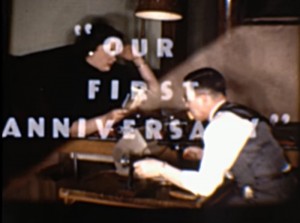
A woman grows frustrated with her husband's commitment to his various hobbies, which seem to take precedence over their marriage.
"This is a film about a hobo who steals a pie from a windowsill." Library and Archives Canada.
"Film is made up of a variety of short segments. Included is clip of a man fishing in an old mill stream, a New Year's Eve party, people toboganning and skiing, a time lapse of a cigarette burning, the Toronto skyline, and Niagara Falls" Archives of Ontario.
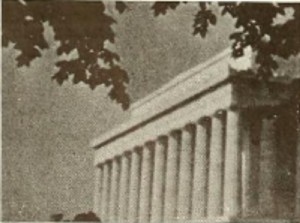
"In Holiday in Dixie, Morton H. Read, a Yankee from Massachusetts, has so well understood the essence of the Old South that he has called back from its storied urns a breath which inspires the whole film so intimately that Southern hats should come off to him. His remarkable sympathy with the remains of the Cavalier era has made it possible for him to present them with conviction and fire. Mr. Read first shows us Washington with its dignity and spaciousness, by carefully chosen shots. He pauses for an inspection of the caverns at Luray, and then he goes on to study the lovely cities of Lexington and Williamsburg. We reach the deep South at Charleston and the Ashley River; it is in this part of the film that its maker establishes his vivid emotional identity with a past epoch. A sequence of Negro rural life is brilliantly handled, and the film comes to an amazing climax with scenes of the trees and flowers in the gardens of ancient estates. With music and with a narrative that sets a new standard in this newer phase of personal movies, the mood of the film is not only sustained, but amplified, so that, after the projection, one wonders which of the three — film, music or words — one will longest remember." Movie Makers, Dec. 1940, 599-600.
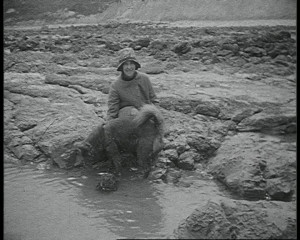
"Film record of a holiday in Kent, including footage of Eunice and Eustace Alliott, the activities of other holidaymakers, and sights encountered on the road" (EAFA Database).
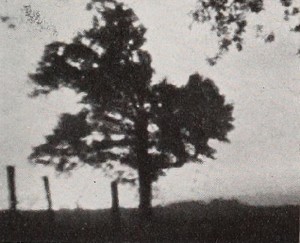
"Holiday with the Heavers is one of those rare films that display sincere artistic sensitivity that is manifestly not the product of technical skill nor the "slick" application of the rules of composition and film planning. It is a picture that promises that its maker — Dr. W. Lynwood Heaver — with more cinematic experience, might produce the finest type of amateur motion picture. Holiday with the Heavers is not a record of a family jaunt, as its title would imply. Rather, it is a scenic study of fall, enlivened by the presence of a three year old who investigates a park and explores the autumn leaves. Included in the film are beautiful and eerie shots of the late fall, effective silhouettes and charming closeups of the small actor." Movie Makers, Dec. 1943, 478.
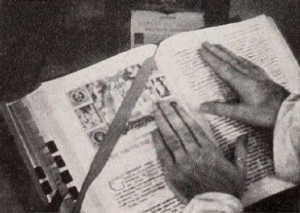
"The Reverend Edward J. Hayes, assisted by his brother, Paul J. Hayes, has made an impressive film record in The Holy Sacrifice of the Mass. All the details of the rite are shown simply and directly. The film was made at close range, and it affords the audience the celebrant's view of the altar. The excellence of the color in this Kodachrome work stresses the beauty of the vestments and of the religious articles. The understanding and devotion behind this effort are evident in the spiritual quality achieved." Movie Makers, Dec. 1943, 477.
Total Pages: 299